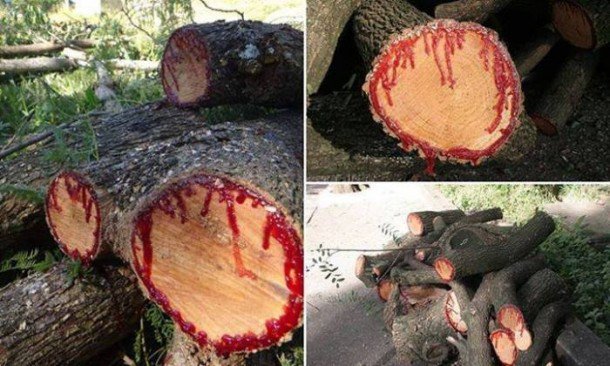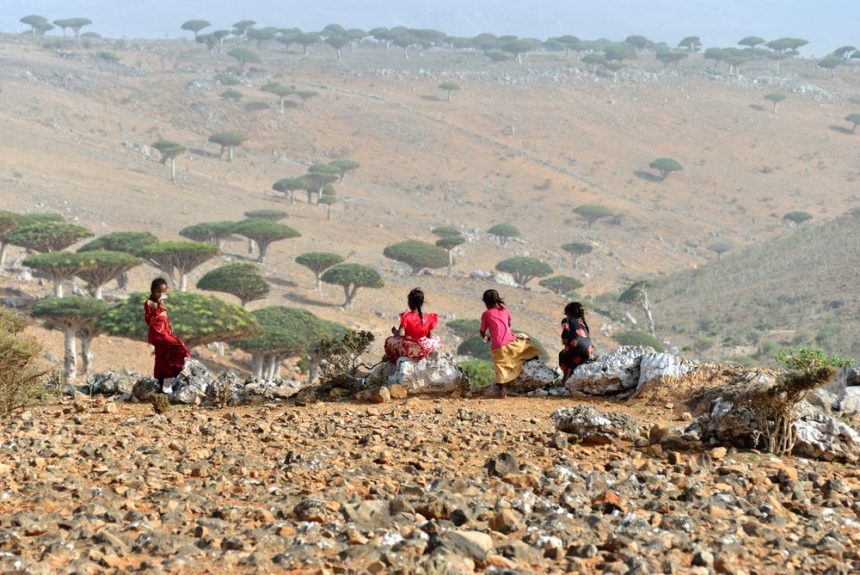
The haunting Socotra trees in Yemen are at risk.
CABI, an international research group dedicated to solving problems related to invasive pests in agriculture and forestry, has released a comprehensive ‘Guide to the naturalized, invasive, and potentially invasive plants of Socotra, Yemen.’ Socotra was designated as a UNESCO Natural World Heritage site in 2008, known for its unique flora and fauna found nowhere else on Earth.
The guide, authored by Dr. Arne Witt, CABI’s Invasives Coordinator, and Ahmed Said Suleiman Abdullah, offers detailed descriptions and over 200 color images of 50 invasive alien plant species, highlighting their impacts and management strategies.

The dragon blood tree, a symbol of Socotra in Yemen.
The guide highlights mesquite and erect prickly pear as the most significant biodiversity threats on Socotra, alongside widespread species like billy goat weed and Mexican poppy. Socotra, often referred to as the ‘Galapagos of the Indian Ocean,’ boasts a wealth of unique plant and animal species, with a substantial portion being endemic to the region.
Despite its ecological richness, Socotra faces risks from Invasive Alien Species (IAS), prompting efforts to manage these threats effectively. The guide, developed in collaboration with UNEP and RSCN, aims to raise awareness and build capacity for IAS management in the region.
Dr. Witt emphasized the urgent need to address various threats to Socotra’s biodiversity, including invasive species, unregulated development, and overexploitation of natural resources. The guide serves as a valuable tool in combating these challenges and preserving the island’s unique ecosystem.
By effectively managing invasive alien plants, Socotra can not only protect its biodiversity but also improve the livelihoods of communities dependent on natural resources. The guide aligns with international agreements on biodiversity conservation and contributes to achieving the UN Sustainable Development Goals.
Minister Taofeg Abdulwahd Al-Sharjabi expressed gratitude for the guide’s contribution to understanding and managing invasive alien plants on Socotra and beyond, acknowledging its importance in safeguarding the region’s environmental integrity.
Comments






